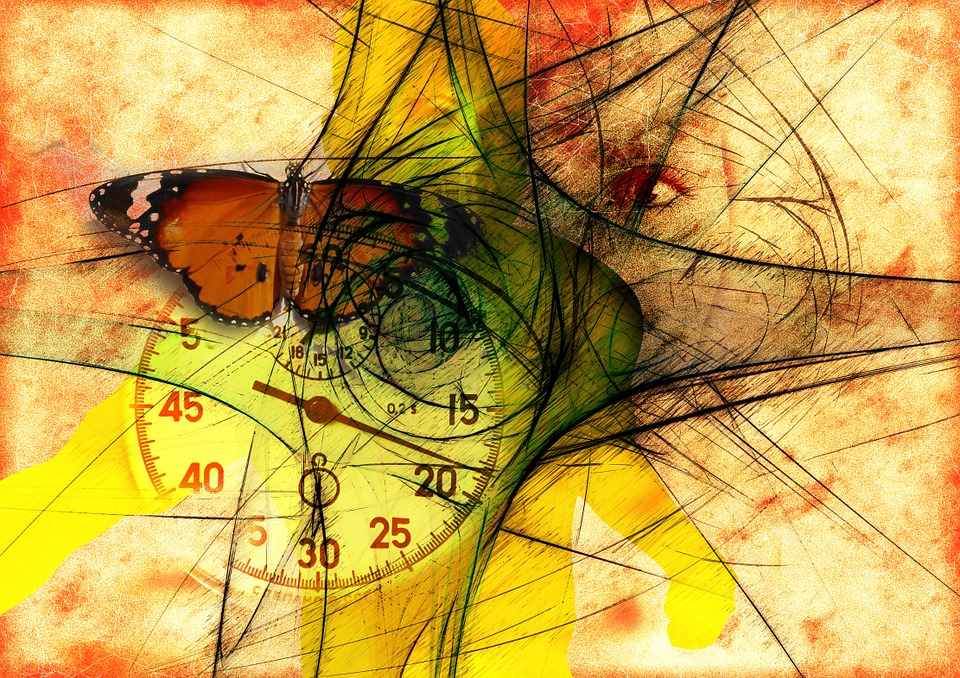What Is a Stendhal Syndrome?
“The task of art – to excite the heart” – Claude Adrien Helvetius. It should be admitted that this statement is not simple words. The art is so impressive sight that sometimes people stop being themselves and fall into a state of affect. The first one, who described this feature of human psyche, was Marie-Henri Beyle, a French Writer, famous for his novels and books about the sights under the pseudonym Stendhal. In his work Naples and Florence: A Journey from Milan to Reggio he expressed the sensation after visiting the Church of Santa Croce. His heart was beating so fast that it seemed to him the source of his life has dried up, he was afraid to fall to the ground.
He passed through himself the incredible energy of passion, that gave birth to this masterpiece, so that everything became meaningless, trivial and superficial in his eyes. Although the Stendhal had no idea, at that moment he discovered an interesting phenomenon of the human psyche (Ross, 2010).
For many years, no one seriously paid attention to this fact, until in 1979 the Italian psychiatrist Graziella Magherini had carried out a detailed research on this topic. She had studied hundreds of similar incidents, and displayed her observations in the book Graziella Magherini: La Sindrome di Stendhal. In her writings, she had come to the following conclusions:
- tourists from North America and Asia had not been affected by this syndrome, as it was not related to their culture;
- Italian tourists were resistant to such extreme reactions, as they had been surrounded by the atmosphere of grandeur since birth;
- among other tourists, it could be observed, that people with classic or religious education had been prone to this disorder most of all, regardless to their gender (Cooper, 2012).
To the present day it is believed, that people with Stendhal Syndrome used to be covered with a fabulous wave of feelings after visiting museums, galleries etc. On this point, all curators in Florence museums are trained to identify visitors with an overabundance of emotions, and to provide them with immediate assistance. Moreover, there is a special department in the main hospital of Florence (Santa Maria Nuova) for those, who suffered from this unusual phenomenon. Medically speaking, it is considered to be a psychosomatic illness that causes rapid heartbeat, syncope, bewilderment, and even hallucinations. Thus, Stendhal Syndrome often manifests itself not in the form of admiration and happiness, as well as severe depression. Furthermore, it can be dangerous for others. Strongly imbued with the spirit of the paintings, especially susceptible visitors begin to associate themselves with the heroes of these paintings, and to demonstrate absolutely inadequate behavior (Rütten and King, 2014).
In the most famous clusters of grace and beauty, such as Florence, Venice, Istanbul, the Louvre, and the Hermitage, it is not a rare case, when tourists try to destroy the works of art, being guided by uncontrollable impulse. One of such accidents happened in 2009, when a woman attempted to destroy the painting by Leonardo da Vinci’s “Mona Lisa.” Fortunately, the fast reaction of curators and reliable security system prevented the crime. Another interesting fact is that not just the works of great artists, architects and sculptors may cause the syndrome, but also the magnificence of nature, first seen animals, and even beautiful men and women can be the reason of this illness. Perhaps, love at first sight also could be considered as Stendhal Syndrome in certain extent, leastwise the similar symptoms used to be described by enamored people.
Nowadays many scientists and doctors still doubt that strong emotional imbalance can be awarded the title of the syndrome. Despite many examples of real stories, studies and experiments, the topic is still a subject for an active debates and discussions, as it is always hard to believe in something that can not be proved, explained, or understood up to the hilt.
Works Cited
Cooper, l. Andrew. Dario Argento.Chicago: University of Illinois Press, 2012. Print.
Ross, Silvia. Tuscan Spaces: Literary Constructions of Place. Canada: University of Toronto Press, 2010. Print.
Rütten, Thomas, and Martina King. Contagionism and Contagious Diseases: Medicine and Literature 1880-1933. Germany:Walter de Gruyter, 2014. Print.
